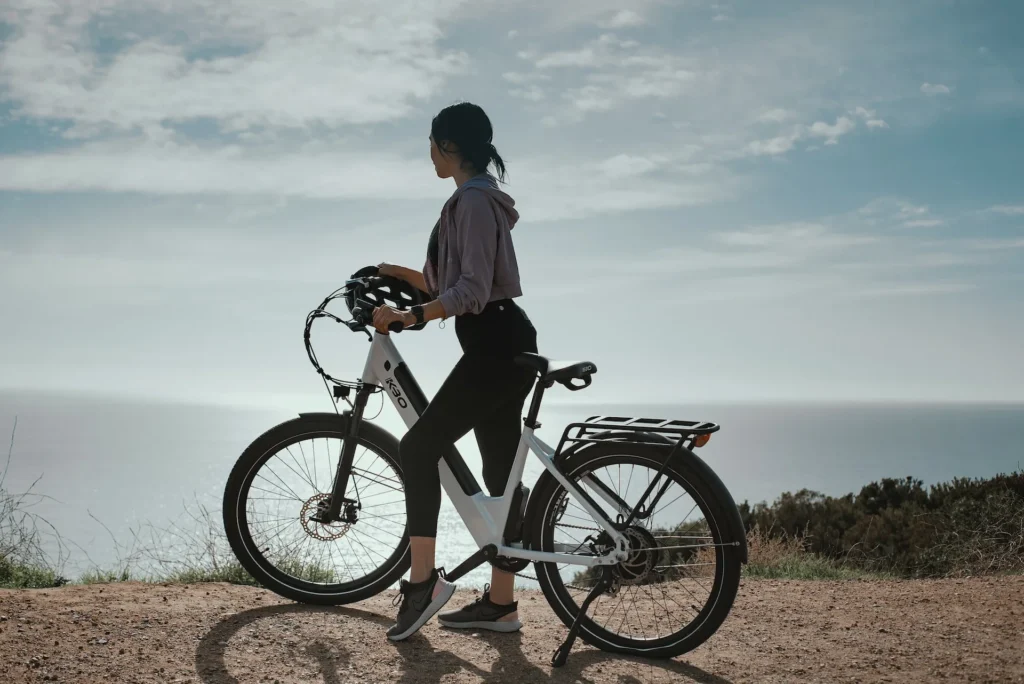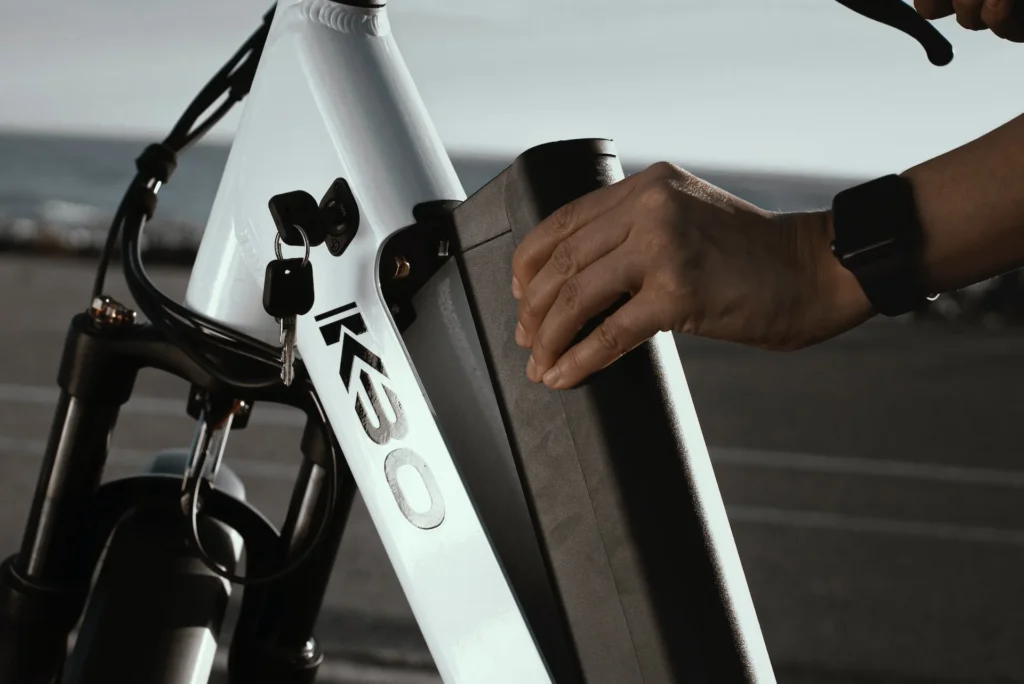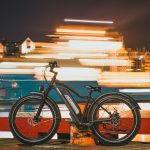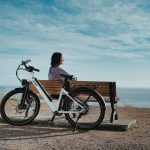Electric bikes, also called e-bikes, are bicycles with an integrated electric motor and battery to assist with pedaling. For mountain bikers who enjoy riding on rough terrain and trails, electric mountain bikes provide extra power to climb hills and overcome obstacles. A key consideration for electric mountain bike owners is how to charge the battery. Fortunately, there are options for safely and effectively charging e-bike batteries at home.
Charging Needs for Electric Mountain Bikes
The batteries used for electric mountain bikes are typically lithium ion batteries. Compared to older lead acid batteries, lithium ion batteries are lighter weight, store more energy for their size, and handle more charging cycles. However, they do require specific chargers and charging parameters. Chargers for e-bike batteries output between 36 and 48 volts and an e-bike battery can take up to 5+ hours for a full charge. It’s important to follow manufacturer guidelines for proper charging, including using the correct charger that came with the bike. Otherwise, the battery could be damaged.
To ensure you can have reliable, long-lasting performance from an e-mountain biking excursion, you’ll want to bring the battery to at least 70% charge. Additionally, as with all batteries, overcharging and using non-designated chargers will shorten the lifespan. Thus it’s important to regularly charge the battery for your e-bike but avoid overcharging it. Keeping your electric mountain bike batteries in good working order and preventing overcharging is easier when you charge safely at home.

Setting Up a Charging Station
The garage is often an ideal place in a home to store and charge electric bikes. Key considerations when setting up a home charging area for your e-bike include:
Safety
Lithium ion batteries can be a fire hazard if damaged, overcharged, or exposed to extreme heat. Be sure to plug chargers into grounded outlets without overloading the circuit. Don’t place any flammable items on top of the battery or charger. Consider installing a smoke detector and fire extinguisher if you will regularly charge lithium ion batteries.
Clean Electrical Power
Use a surge protector to avoid electrical spikes that could impact the sensitive charging electronics. Maintain a stable temperature between 32-113°F (0-45°C) for safety and optimal battery health. Avoid charging batteries simultaneously during storms or when appliances like air conditioners may cause drops in voltage.
Convenience
Place the charger and electric bike in an area where you can easily connect/disconnect from an outlet but with space to fully open the battery case while mounted to the bike. Have good lighting to check connections and charging indicators. Consider installing hooks or other organizers to neatly store chargers, cables, and tools when not in use.

Charging Process for E-Mountain Bikes
Charging your electric bike battery correctly avoids unsafe overcharging. It also promotes longer battery life by keeping lithium ion cells from dropping to very low voltages. Follow manufacturer charging instructions for your specific e-bike model and utilize the charger designed for its battery. But in general, the process goes as follows:
Inspect and Mount
Before charging, check battery case for cracks/damage and be sure contacts are clean. Securely mount the battery onto the electric bike unless it has a removable pack design.
Connect and Check
Plug the charger AC cable into the outlet and DC cable into the charging port on the battery. Many lithium ion chargers indicate status with an LED – check that charging has started. For handlebar mounted displays, the battery icon should blink or show charging status.
Monitor
Remain nearby at least periodically through the initial “fast charging” phase. Once voltage reaches a certain level charging rate slows to avoid overcharging. Fully disconnect and store the battery and charger once complete based on equipment indications like LEDs turning green.
Options for Faster Home Charging
The standard e-bike charger that comes with electric mountain bikes is designed for safe, complete charging that protects battery life. But a full charge from empty can take 4 hours or longer. For those needing to minimize charging times at home, there are two main options.
Higher Wattage/Voltage Chargers
Some manufacturers offer charger upgrades capable of delivering faster charge times by increasing electrical wattage/voltage levels the battery can accept. Downsides are typically expense and needing electrical circuits capable of the increased loads – but charge times can be halved.
Two Batteries
Another solution allowing you to spend more time riding and less time charging is to purchase a second battery. You can charge one while using the other. Then swap as needed, allowing the just-used battery to recharge. Having multiple batteries does add cost and weight when riding. But it eliminates charging downtime on longer rides.
The batteries used for electric mountain bikes require specific lithium ion charging techniques to maximize safety, longevity, and performance. By setting up a suitable charging station at home and sticking to manufacturer charging guidelines each time, you can reliably and quickly recharge e-bike batteries between rides. Investing in backup batteries or faster chargers can further reduce downtime. But the standard e-bike charger that came with your electric mountain bike should meet most home charging needs.






